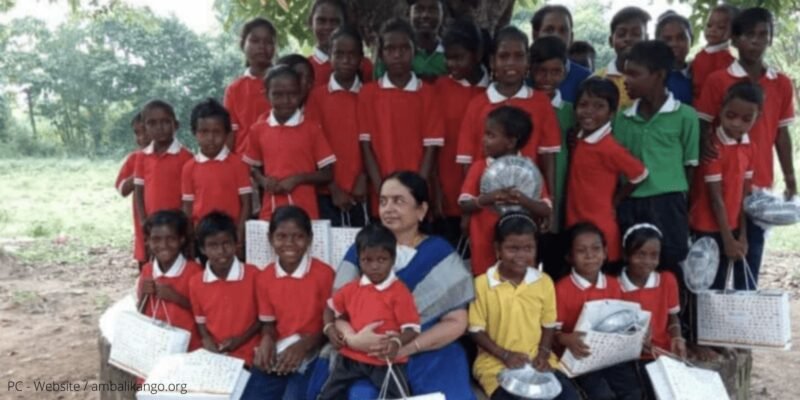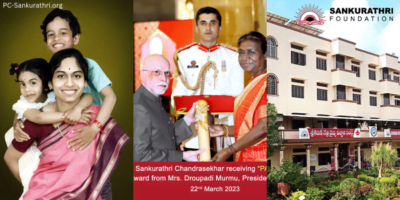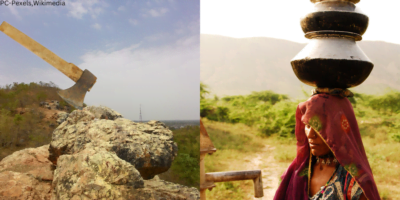Suchitra Sinha, 62, travels 96 kilometres from Ranchi to the hamlets of Saraikela district in Jharkhand every weekend to meet members of the Sabar tribe.
She fills her bags with candy, clothes, flip flops, and whatever else she can get her family and acquaintances to contribute for the folks who affectionately refer to her as ‘Mai’ (mother).
Tracking down the Sabars
For more than two decades, the retired IAS official has paid visits to the tribals. When she was deployed in Jamshedpur in 1996, she met them for the first time.
Bharat Seva Sangha representatives visited her workplace to solicit funds for the Sabar Adivasis. She was aware that the tribe was classified as a Particularly Vulnerable Tribal Group (PVTG), but she had never met them.
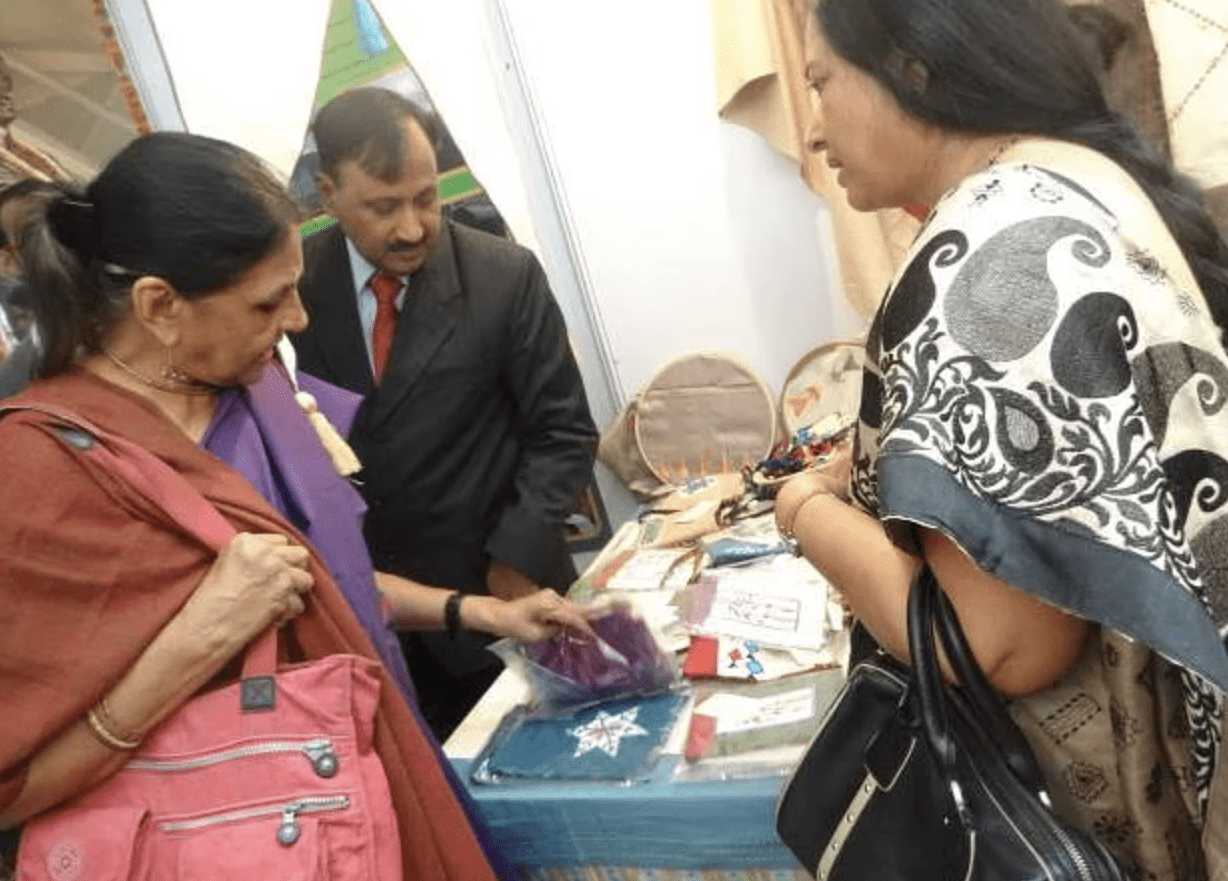
Those folks offered to take her to the tribals if she wanted to meet them, and she consented. It was difficult to go to their location since it was ruled by the Naxals at the time, and outsiders were not permitted.
When she arrived in their communities, she discovered that they were among the “poorest of the poor.”
They had to crawl into their huts, which were constructed of bamboo linked together and were no more than four feet tall. They didn’t have anything to eat and had to cook using cracked clay utensils.
She was warned that if the Bharat Seva Sangh stopped delivering food, they would be forced to consume dead animals. The children lacked clothing.
With just 216 families, the Sabar tribe is an endangered Adivasi people that rely heavily on the forest for life.
The tribals have been weaving baskets out of six-foot Kansi grass, which is abundant in the area, and Date leaves for decades. Sabars only charged Rs 50 for these baskets.
The situation of the Sabars disturbed Suchitra, yet the baskets they created piqued her interest. Soon after, she used government monies set aside for tribal development to provide them with food, chicken, and other necessities. She realised, though, that this wasn’t a long-term solution to their problem.
Bringing the Sabars back to life
She was relocated to New Delhi in 1998, and she brought one of the tribal baskets that had been given to her. She took it to the Commissioner of Handicraft Development, who was ecstatic to see it and granted her five projects to modernise Jharkhand’s traditional crafts.
Suchitra linked with designers from NIFT in Delhi through these programmes and sent them to the hamlets to work with the Adivasis to improve their craft and design.
Out of the 12 hamlets occupied by the Sabars, Suchitra began her work with the tribals of three hamlets: Bhangat, Makula, and Samanpur. She gradually made her way through all 12 hamlets.
They made 152 prototypes, including bags, table lamps, planters, décor pieces, baskets, and other objects, which she brought to Delhi to show to handicraft design officers.
Jaya Jaitly, the founder of Dastkar Haat Samiti in 1986, and craft campaigner Laila Tyabji, among others, were among those who saw the items.
Putting Ambalika Together
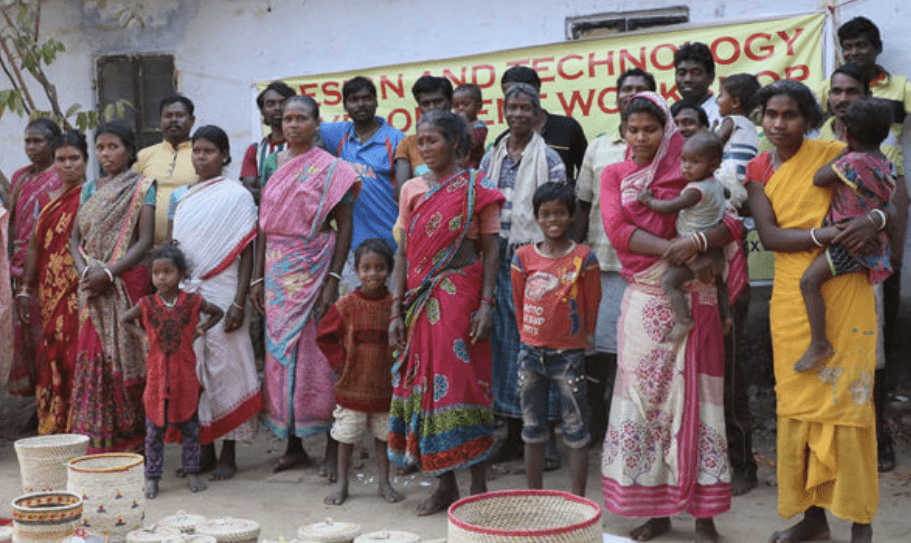
Retired IAS Suchitra founded the Ambalika NGO in 2002 to help the Sabar tribe improve and promote their trade.
Despite the fact that obtaining government and business projects grew increasingly difficult, Suchitra persisted and grabbed anything she could to help the Sabars find better jobs.
However, by 2005, the Naxal presence in the region had grown, and she was forced to cease her job.
That’s the year 2011, and the India International Trade Fair in New Delhi was about to begin. She used this occasion to re-establish contact with the locals in order to get 15-20 Sabars to the trade show, which she was able to achieve.
Their items were not particularly good since they had forgotten about design over the years, but bringing them to the city for the trade show from such a remote location was an accomplishment.
There was no turning back for her now. Retired IAS Suchitra threw herself into her work with the Sabars. She earned them an offer to produce hand-crafted file folders for the BRICS Conference in 2012, which took place the same year.
Despite this, the tribals are fiercely protective of their territory and do not tolerate human intrusion. As a result, they shoot arrows at anyone who comes near them. As a result, government assistance such as healthcare, education, and sanitation do not reach them.
When some of the tribals were ill during the epidemic, Suchitra summoned medical help, who had to put Suchitra on speakerphone for them to access the hamlets.
She also persuaded the government to transfer to the tribals an underutilised building in the district, which is now used as a labour centre where they produce their goods.
Because of retired IAS Suchitra’s constant efforts, the Sabars now make anything between Rs 4000 and Rs 7000 per month, compared to Rs 500-600 per month in the late 1990s.
Their items, which range in price from Rs 600 to Rs 3000, are available on Amazon, and Suchitra offers them through Krafttribe by Ambalika, an e-commerce web platform.
To know more about retired IAS Suchitra Sinha, please check – Facebook
If you loved this story about humanity, know about The Pune-based couple is giving out money grants of Rs 50,000 to individuals under the age of 25 to fulfill their dreams.
If you know more inspirational stories about a person, company, new idea, or social initiative, and want us to write it on mad4india.com, share such information with us on Facebook and LinkedIn
